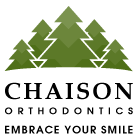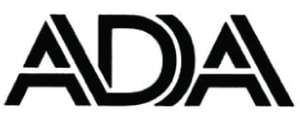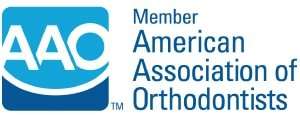Finally, your braces have been removed and your smile is beautiful, straight, and — best of all — metal-free! However, your orthodontic journey isn’t quite completed. To keep your smile looking its best, you’ll have to wear a retainer to preserve and stabilize your results.

Retention

Retainers are needed to control or limit potential changes in tooth position. They are used after braces treatment to hold teeth in their correct alignment while the surrounding gums, bone, and muscle adjust to the new positioning of your teeth.
Retainers are custom-made and can be removable or fixed. Here are the different types of retainers:
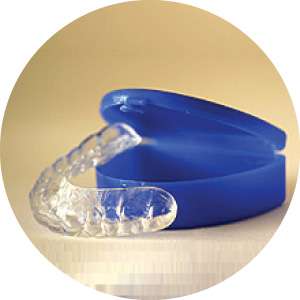
Aligner-style retainers
Aligner-style retainers, or Essix retainers, look similar to clear aligners and offer a more aesthetic alternative to wire retainers. This clear retainer may fit over the entire arch of your teeth, or only from canine to canine (clip-on retainer). It is produced from a mold of your newly aligned teeth.

Fixed Retainers
Fixed retainers consist of wires bonded behind the bottom and/or top teeth. This type of retainer is usually kept in place for life.

Pros & Cons
Learn about the pros and cons of different retention options.
- Removable retainers can be taken out for eating and hygiene routines.
- Removable retainers can get lost easily, so remember to keep yours in the case whenever you remove it to eat or brush.
- Fixed retainers are great if you don’t want to keep track of it, or if you don’t want to worry about how many hours per day they have to be worn.
- Teeth with fixed retainers require a little extra attention to remove tartar while flossing. Patients with fixed retainers often must use floss threaders to pass dental floss through the small spaces between the retainer and the teeth.
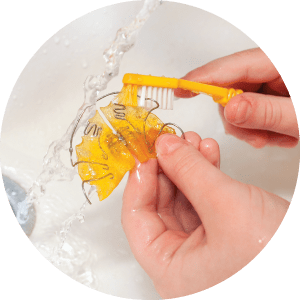
Retainer instructions
Learn about how to properly care for your retainer.
- Wear your retainer full time, until the doctor instructs otherwise.
- Take your retainer out when eating, and always put them in their case! (Most appliances are lost in school lunchrooms or restaurants.)
- Clean your retainer thoroughly once a day with a toothbrush and toothpaste. Use warm but not hot water. Brushing retainers removes the plaque, and eliminates odors. Efferdent® or other orthodontic appliance cleaners can be used but do not take the place of brushing.
- When a retainer is not in your mouth, it should ALWAYS be in a retainer case. Pets love to chew on them!
- Initially, you may find it difficult to speak. Practice speaking, reading, or singing out loud to get used to them faster.
- Retainers are breakable, so treat them with care. If your retainer is lost or broken, call us immediately.
- If you have any questions or concerns about your retainer, or if it needs adjusting, call us. Do not try to adjust it yourself.
- Always bring your retainer to your appointments.
- Retainer replacements are expensive, but with proper care they will last for years!
- Remove your retainer when swimming.
- Keep retainers away from hot water, hot car dashboards, pockets, the washing machine, and napkins.



